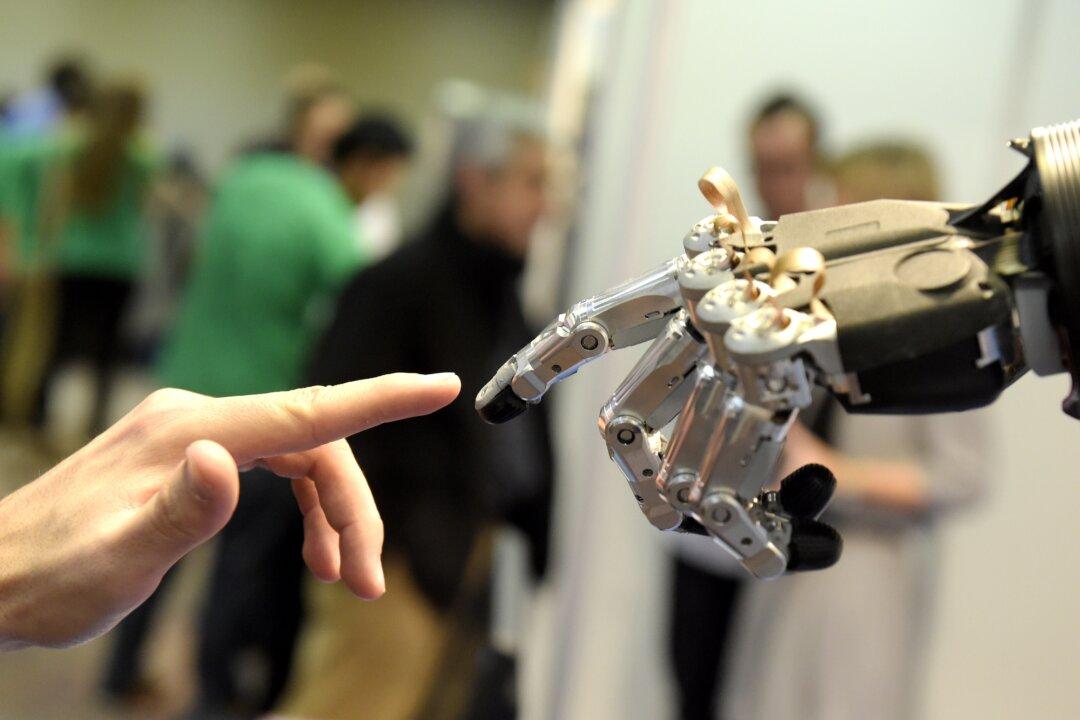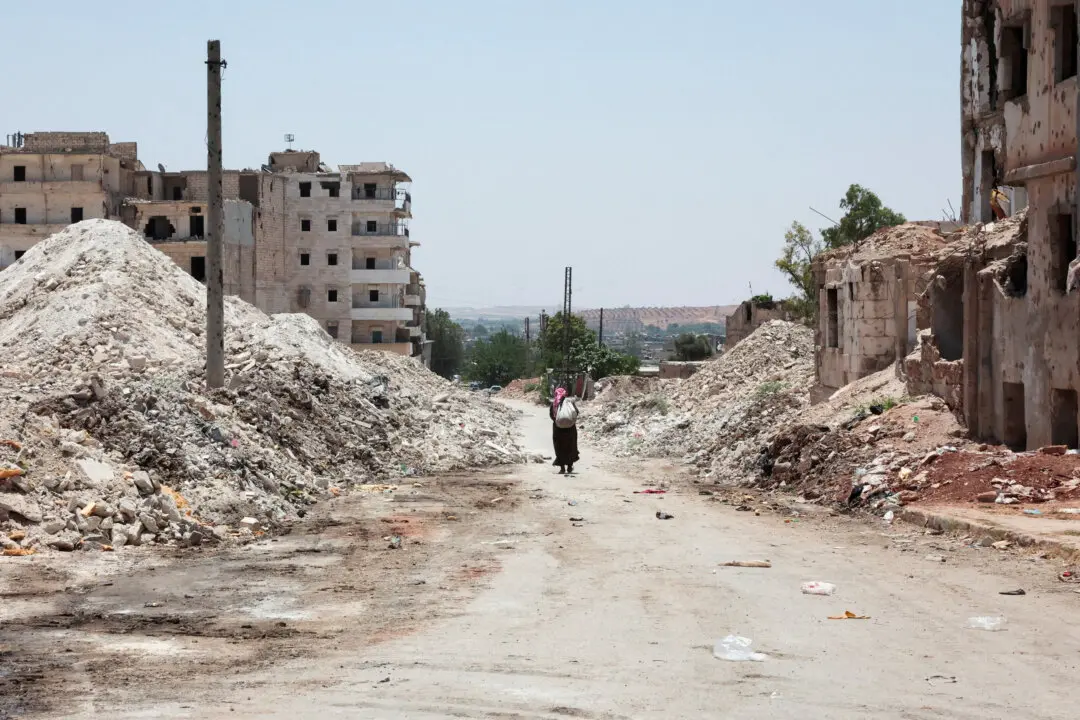A new intelligence report on the key trends and uncertainties in the future strategic environment for the United States warns of a series of “global challenges” that will strain societies and deliver shocks that could be catastrophic, including technological disruption, financial crises, and disease.
The report from the U.S. National Intelligence Council (pdf), published once every four years, examines the forces and dynamics likely to shape the national security environment over the next 20 years. It also describes five potential scenarios for the world in 2040—with three defined chiefly by the U.S.–China rivalry and two others impacted mostly by a cascade of intersecting problems like health and terrorist threats.





